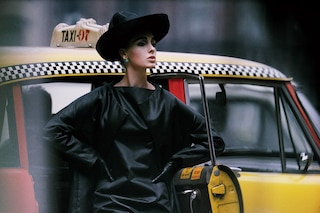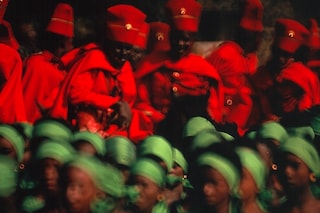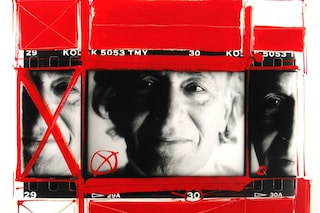In the wake of his death, we look at some of the seminal images from the ICP’s William Klein retrospective
William Klein was a true original whose work as a photographer, artist, and filmmaker defined an era, expanding and subverting the visual language of midcentury fashion photography and photojournalism. With wit, dynamism, and a characteristic ironic distance, his vast body of work shaped the look of the latter half of the 20th century. The 1960s look like the 1960s, in part, because Klein’s famous images tell us how to recall that febrile decade in the cultural imagination.
On Saturday September 10, 2022, Klein died at home in Paris, the city in which the American-born photographer had made his home. Aged 96, his death coincided with the conclusion of a retrospective of his work in New York – the city in which he was born and raised – at the International Center of Photography. In the wake of his death, we take a look at a selection of the seminal works featured in Willaim Klein: YES.
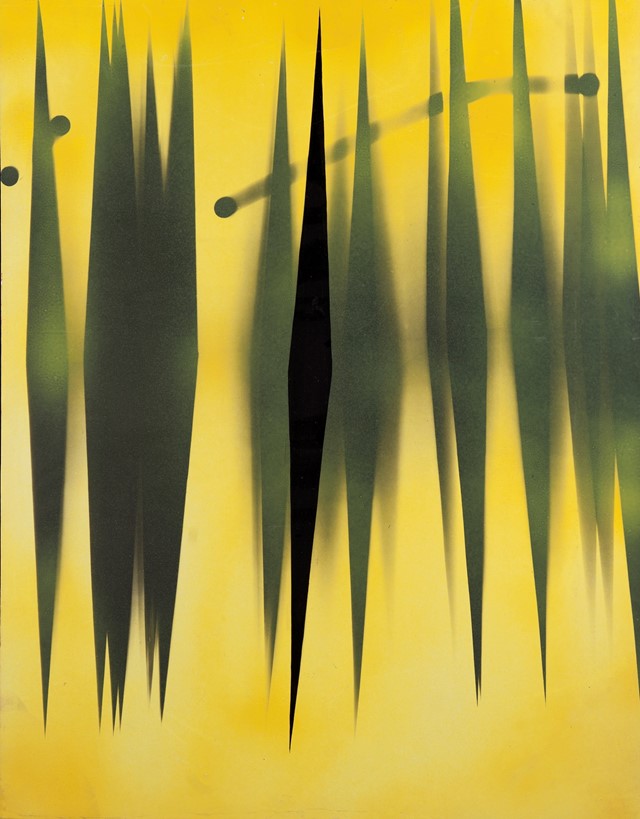
One of the most celebrated photographers of his generation, Klein arrived at photography in a slightly oblique way, having first studied painting and working briefly in Paris as an assistant to the radical communist muralist Fernand Léger. After the war, at an exhibition in Italy, he was propositioned by Condé Nast editor Alexander Liberman. “I made a wall out of six interchangeable panels on rails that could – like toy trains – roll through the room, cut the space in two or make a mural on the wall,” Klein recalled in a conversation with Dazed back in 2013. “I painted these panels and a magazine called Domus published them. Alexander Liberman saw the show and said, ‘How would you like to work for Vogue?’ I said, ‘Doing what?’ and he said, ‘I don’t know, you could be an art director or something. You could do photographs or do what I’m doing – put on a suit during the week and go down to the office and paint and sculpt.’’
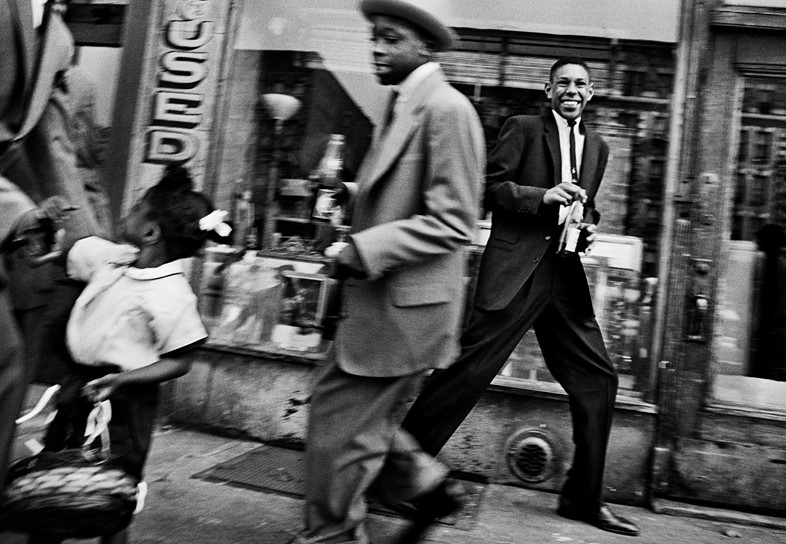
Without any formal training in photography, his first project was a photographic study of his hometown, which he described as “a photographic journal on the way I see New York after having lived in Paris.” By his own admission, he “didn’t know much about taking photographs, actually”, but the camera allowed him the licence to express himself unencumbered. “When I was a kid, I always felt the Big Apple didn’t have any bite, but once I had a camera I could say what I wanted about New York, about America,” he told Dazed.
While his portraits are lively and beguiling, they betray his cynicism about the ideology of American life, undermining middle-class America’s established idea of itself while capturing something incredibly potent and frenetic about the city’s street life. A photograph such as “Moves and Pepsi” (above) is a joyful vignette of New Yorkers going about their business, captured with his unique and offbeat sense of composition and focus.
The pictures weren’t initially met with a universally warm reception from the editors who didn’t recognise aspirational middle-class America in his pictures. According to Klein, they told him, “‘This is not New York – these photos are shit. We can’t publish a book that shows New York so anti-American and grungy.’”
“In the fashion world, you can never be too absurd” – Willaim Klein
His debut book Life Is Good & Good for You in New York: Trance Witness Revels – reviled by so many of the American editors he approached – caught the eye of Italian filmmaker Federico Fellini. “I was a big fan – a groupie, even – of Fellini,” Klein confessed to Dazed. “In those days, you could call up somebody in a hotel and say, ‘I’d like to speak to Fellini,’ and they would say, ‘One moment, please.’ So I went to see him and said, ‘I have this book.’ He said, ‘I really dig it. Why don’t you come to Rome and be my assistant? If I’m sick, you shoot.’ I was still a kid, about 24, 25, and I said, ‘Okay, I’ll come to Rome.’ Then I discovered that Fellini was a bullshit artist and he had about eight assistants and he didn’t need me... I discovered quickly that there’s only one person who decides anything on a film: the director.”
While Fellini’s Nights of Cabiria was delayed, Klein spent his time in Rome wandering the streets, creating another seminal book of portraits of city life along with some of his iconic Vogue pictures.
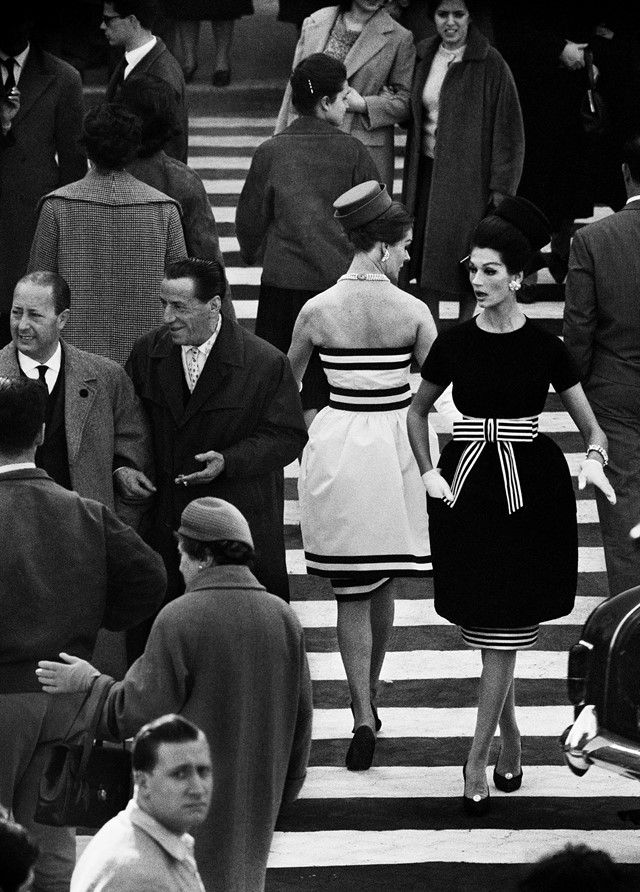
Four years later in 1960, Klein’s acclaimed image “Nina and Simone” was taken for French Vogue in Rome’s Piazza di Spagna. The two models are wearing the new geometric collection of rising young Italian fashion star, Roberto Capucci. Taken from an elevated distance with a telephoto lens, the photographer directed the pair to walk back and forth across the zebra crossing amid the chaos of the busy street. Surrounded by oblivious commuters, the two women look striking and arch, posed against the monochrome of the crossing, capturing the elegant geometry of the world at large.
Despite making his mark as a fashion photographer, Klein remained aloof from the fashion world and his celebrated images parodied the mores and the conventions of the form. Liberman, who originally gave Klein his start at Condé Nast, adroitly encapsulated Klein’s impact as a fashion photographer: “In the fashion pictures of the Fifties, nothing like Klein had happened before. He functioned like a Fellini, sensing the glamorous and the grotesque.” Klein himself remarked: “In the fashion world, you can never be too absurd.”
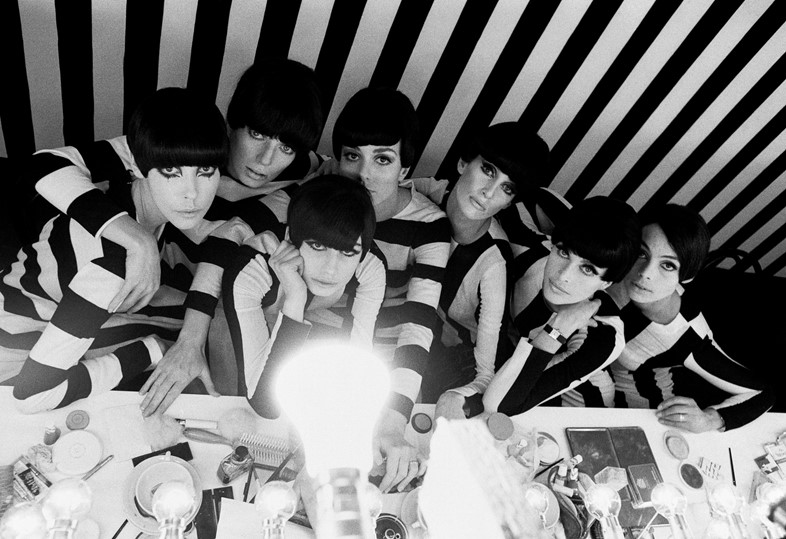
Speaking to Dazed, he recalled, “I never really got along with the fashion people. I thought fashion was bullshit. I also thought the people doing it were second-rate.” His 1966 foray into film took aim at what he perceived as the vanity and caprice of the fashion industry: “I figured that if I was going to do a film, it couldn’t be on any old subject. I thought the fashion world was a subject you could really go to town on. Who Are You, Polly Maggoo? (1966) was a very sarcastic, ironic film.” Yet film retained its fascination for Klein, whose best-known work in this arena was the two-part documentary Muhammad Ali, the Greatest (1974) – a study of the fighter’s transition from Cassius Clay.
Throughout his career, he continued to challenge the conventions of every medium he worked in. His idiosyncratic photo essays on urban landscapes reconceptualised the appearance of the world around us, reframing established perceptions of the streets and sidewalks of over-determined destinations such as New York, Tokyo, Paris, Moscow, and Rome.
Speaking of his 2003 book Paris + Klein, photography critic Richard B. Woodward reflected: “As usual, Mr Klein rubs our faces in urban grime and dares us to be offended. It’s a New Yorker’s razz of Paris, just as his 1954-55 photographs of New York were inflected by a Gallic film noir sensuality.” But Klein’s unique genius and allure are perhaps best encapsulated in Woodward’s observation of William Klein as “a perpetual outsider”.
Take a look at the gallery above for a glimpse of some of the seminal images from Willaim Klein: YES at the International Centre of Photography in New York.


